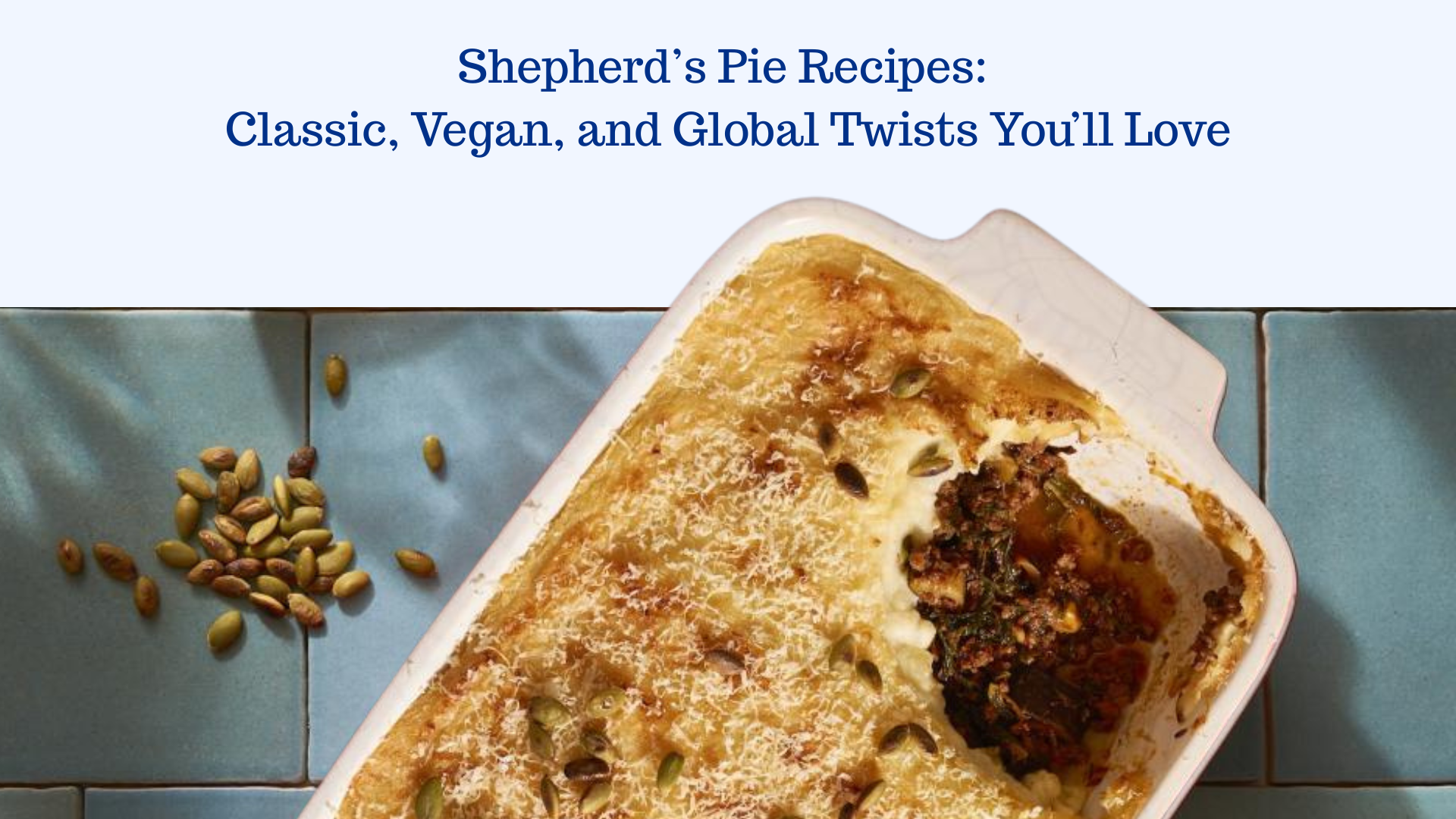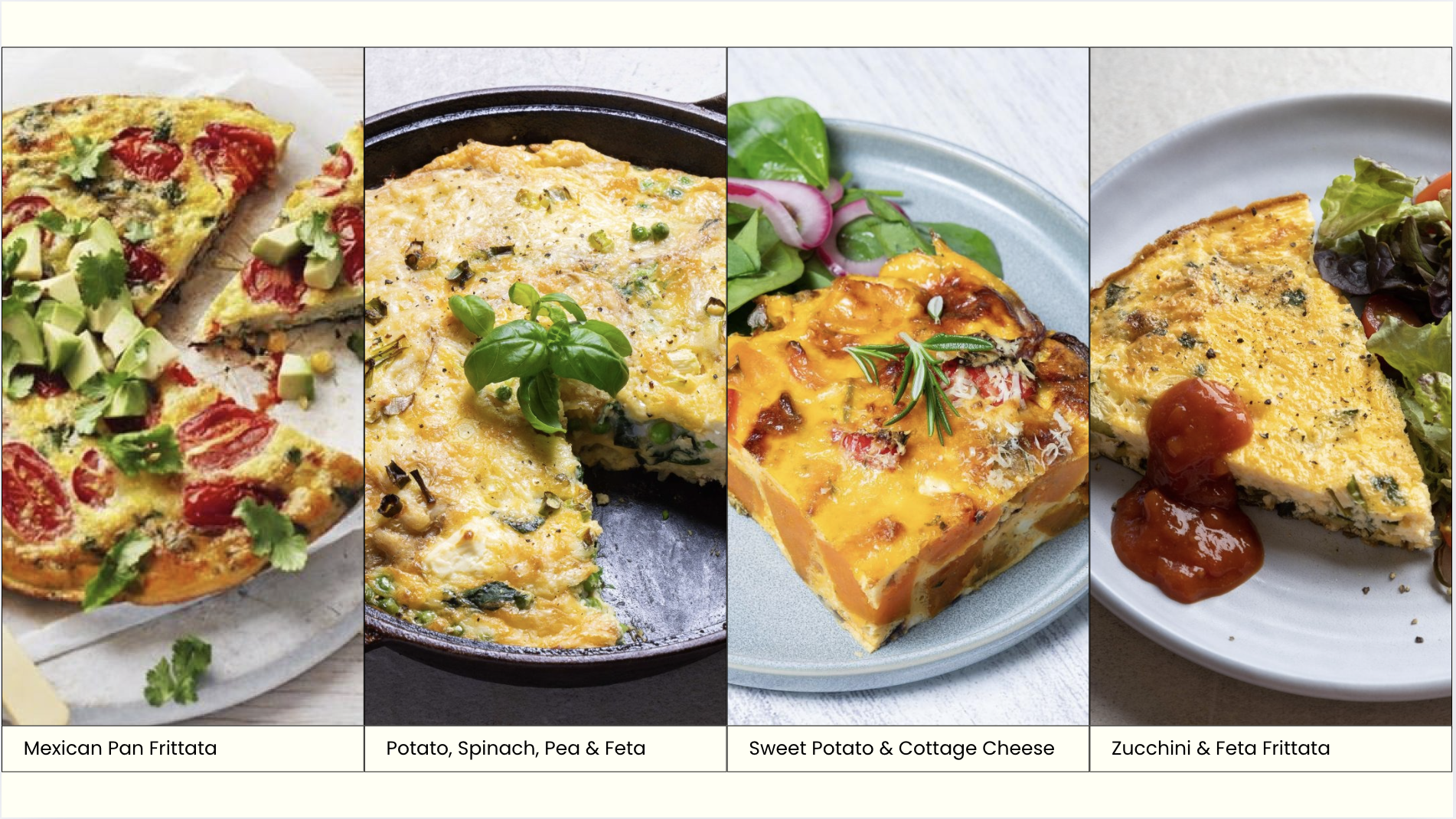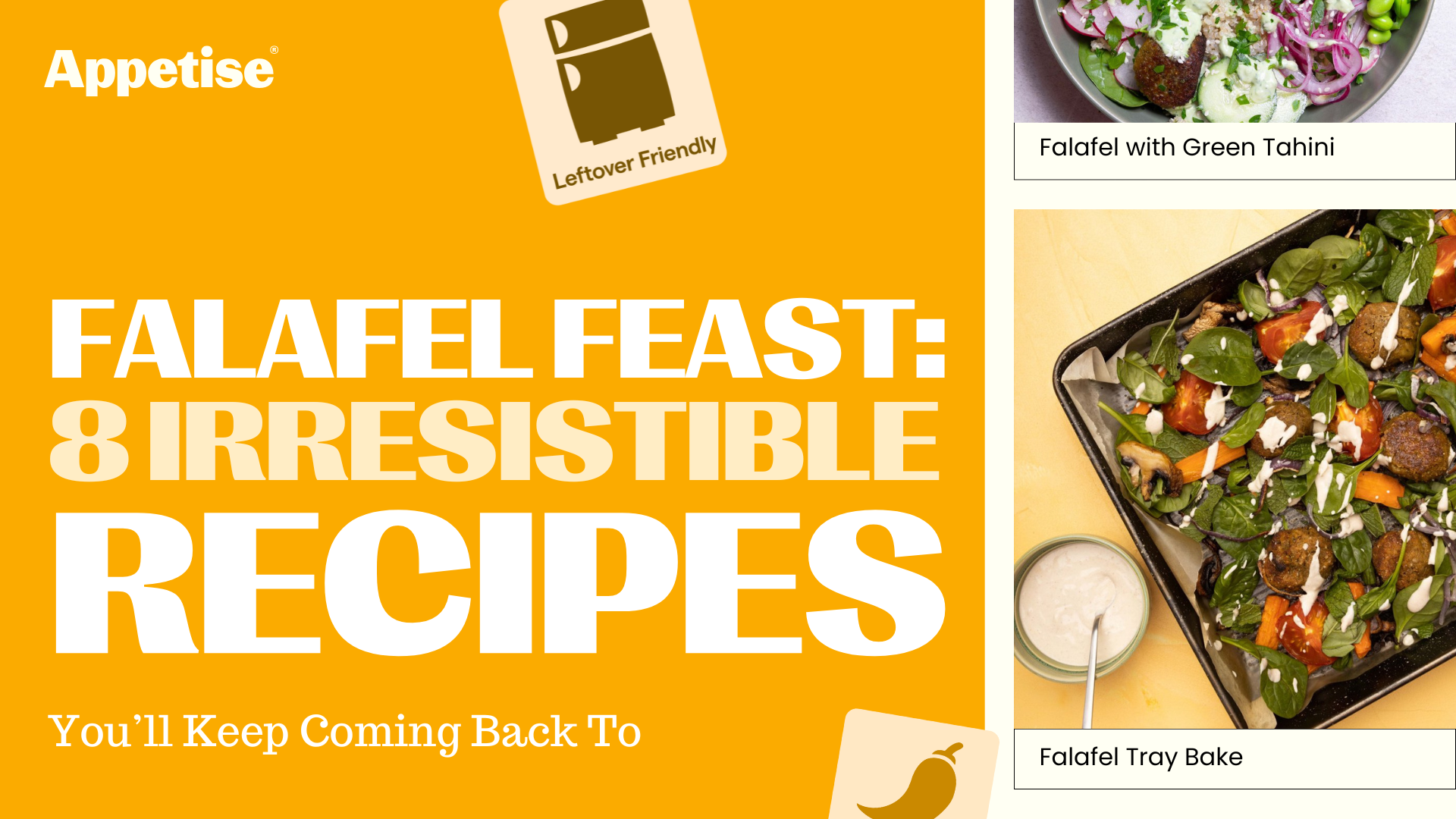The perfect glazed ham is a centrepiece for any family meal or celebration, especially around the holiday season. Delicious, succulent and juicy, it's no wonder why it's a favourite dish for many households.
But if you've been trusted with making this year's glazed ham for the first time - don't fret! Glazed ham is a very forgiving recipe and much harder to mess up than the likes of a roast turkey or beef. Follow along as I guide you through the process of nailing the perfect glazed ham. From choosing the right ham to preparing, cooking and serving it (and find a secret recipe or two of mine to try!).
Quick Answer
How to choose the right ham
🍖 When it comes to choosing the right ham, it's essential to consider the quality of the meat. The best hams are those that are free-range and ethically farmed.
If it's within your budget, it would always be a good idea to chat with your local butcher a little bit ahead of when you'll need it. They'll likely be able to source you a locally grown piece of meat, which will be of superior quality to supermarket-bought alternatives (and you support your local economy!)
However, while Christmas can be a time for indulgence, we know many people will want to look for more affordable options. Whether you're looking to splurge or find an affordable alternative, there are a few general rules to follow:
✅ Always get a rind-on ham. Ironically, you'll actually end up removing the rind, but it's the fat underneath that you want. The fat, along with your glaze, is what will end up caramelising and make a glazed ham the mouth-watering treat we know and love.
✅ Choose a ham that has the right amount of fat; too much fat will result in a greasy and fatty texture, while too little will result in dry and tough meat. Try and grab a ham with a good marbling of fat throughout the meat.
✅ Only pick the amount of ham you'll need. A half ham generally serves around 12-15 people, depending on the size (and remember, you can store leftover ham for around 10 days in the fridge!)
✅ This will come down to preference, but I always advise you to opt for a smoked ham for extra depth of flavour.
💡 Tip: If you're in NZ or AU, try to avoid imported hams and opt a locally grown pork instead if you can.
Preparing & scoring the ham
Before you start preparing your ham, ensure it's defrosted (if previously frozen), remove any packaging, and start preheating your oven to 180°c. Now comes the part where you'll remove the rind on the outside of the ham (if not already done). The rind is thick, chewy and fairly inedible even when cooked.
With the shank (or uncut edge) towards you, lean over the ham and gently use your thumbs to loosen the skin of the ham away from the fat layer across the rounded end of the ham, (ie the opposite end to the shank) carefully ease the skin off, trying not to disturb the layer of fat.
Once the skin is removed then score the fat by marking lines with a sharp fine blade knife, horizontally and vertically across the ham to make diamond patterns. Scoring the ham is an essential step in the process of making a glazed ham - it allows the flavours of the glaze to penetrate the meat and results in a beautiful presentation when cooked!
💡 Tip: Take care not to cut below the fat layer and into the meat - I usually aim for around 75% of the way through the fat. Don't stress if you accidentally cut too deep, this is just a general rule of thumb to follow!
Glazing the ham
The final step before chucking your ham in the oven, and surprisingly the key to a glazed ham; is the glaze itself! This is where you can let your culinary creativity shine through. A good glaze can make or break your festive centrepiece, so definitely don't skimp on this section. But don't worry, making a delicious glaze doesn't have to be difficult.
A classic glaze can be made using brown sugar, mustard, honey, and orange or pineapple juice. Mix the ingredients together in a bowl until smooth. Brush the glaze generously over the ham, ensuring it gets into all the crevices.
💡 tip: Try to keep your glaze as thick as possible. This will help it adhere to the fat of the ham while cooking, and the sugars in the glaze will help to caramelise the outside of your ham to create a delicious, golden crust.
Cooking the ham
Place the ham on a baking tray or in a roasting dish and pour a cup of water or fruit juice into the base of the oven dish (along with other aromatics such as garlic, cloves and onion). As your ham cooks, the glaze will drip off as it heats up and the liquid will prevent your glaze from burning!
Cook your ham for 20-30 minutes per kilogram of meat, or until the internal temperature reaches 60°C and baste the ham with the glaze (and pan juices) every 20-30 minutes during cooking. It might seem like your glaze isn't sticking too well when you first begin cooking, but the longer it cooks the more it will thicken. Once cooked, remove the ham from the oven and allow it to rest for 10-15 minutes before carving. And, for good measure, give it a final baste or two with the remaining tray juices!
💡 tip: While cooking, you might notice one side of your ham getting more colour than the other, or even burning. If you see this happening you can cover the affected bits with tin-foil to even the entire ham out. Once more balanced, remove the foil and allow to cook as normal!
Serving up!
After spending a few hours in the kitchen perfecting your glazed ham, there's nothing better than setting the platter down to a table of amazed stares and hungry bellies. After you've lapped the heaps of praise you're guaranteed to receive, carve the ham however suits your tastes. I always opt to slice into thin slices and serve with my favourite sides; roasted vegetables and creamy mashed potato!
First, it's important to note that the shelf-life of a cooked, glazed ham is different from the generic ham as it was first bought. Glazed ham will usually last for 7-10 days from the point of cooking if refrigerated, and up to 3 months if frozen.
When storing ham in the fridge, it's important to use a ham bag (or something similar, such as a tea towel or pillowcase). This allows your ham to 'breathe', and keeps the ham fresher, and the texture consistent for longer.
💡 tip: When storing in the fridge, change your tea towel/pillowcase, or wash your ham bag daily.
Freezing can also be a great option if you've cooked up a little too much that you won't get through. It'll make a great addition to soups or quiches. It will however lose it's texture once thawed, so may not be great for sandwiches.
Armed with these tips and tricks (as well as my own personal recipes!) you're all set to "wow" with your glazed ham. But if you would like any more advice, or have any feedback, simply let me know! Leave a comment on this article and I will reply personally.
Happy cooking!







